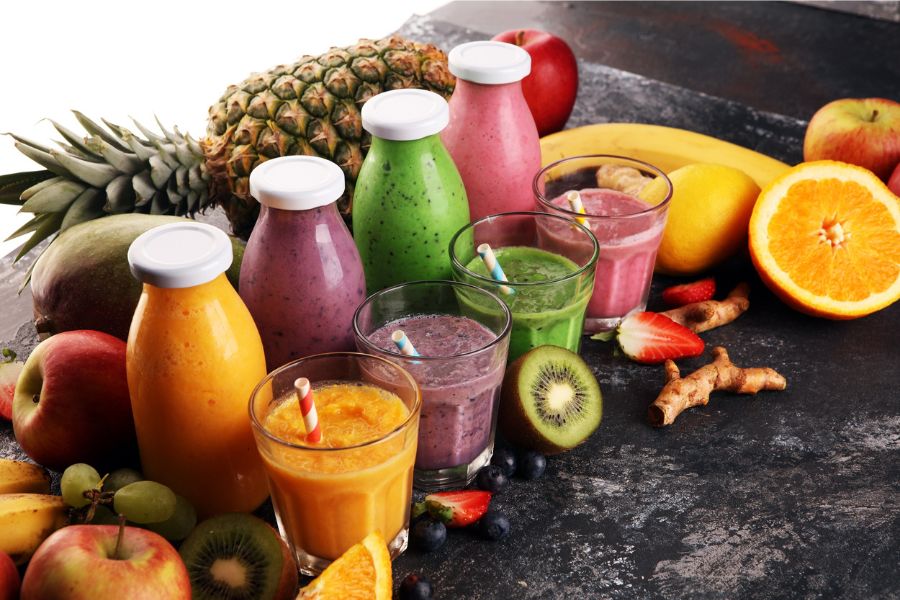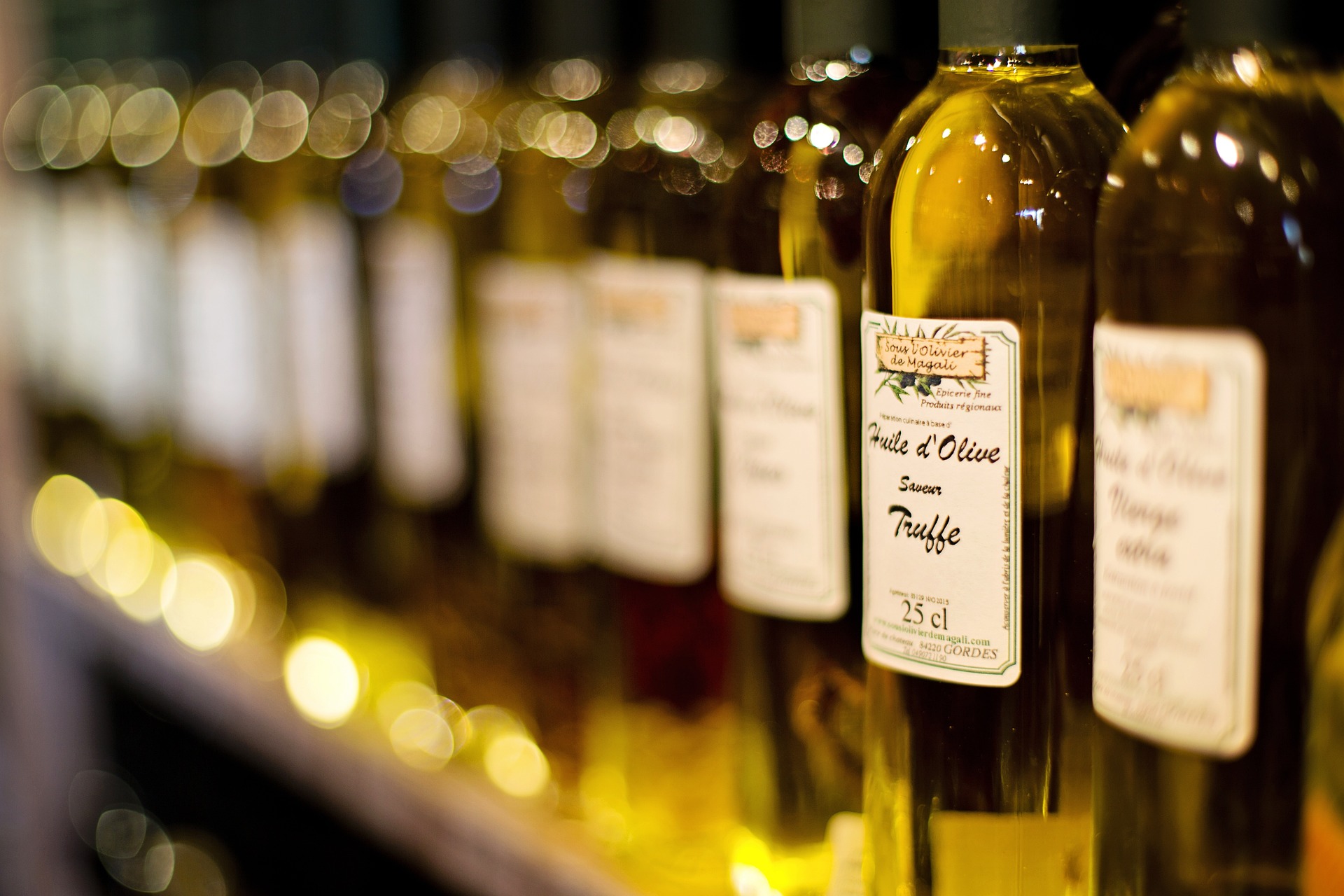Ayurveda: A US$ 10 billion export opportunity
Indian Ayurvedic products’ share is only 2% of the global herbal market, while with the same bio-diversity and ancient culture, China has 13% share. Through increasing the share of value-added products and an integrated marketing plan, there is potential to grow the Indian Ayurveda export market to US$ 10 billion by 2030.

Image Credit: Shutterstock
Covid-19 has put the spotlight on immunity building and preventive health products and as a result, ayurvedic products can capture bigger markets throughout the world, from Far East to Latin America. India has the most extensive range of plant-based health products in the world and is rightly called the botanical garden of the world. Previously unknown herbs like Ashwagandha are rising in popularity in US, the largest market for herbal products in the world.
Ayurvedic products are not limited to curative markets but also constitute health supplements, functional food, beverages and skincare. Traditional Chinese Medicine (TCM) is a US$ 10 billion export market, while Ayurveda is a US$ 700 million market presently limited to low-value dried herbs and crude extracts. World herbal trade is US$ 120 billion strong and the US herbal supplement market itself has doubled since 2004.
India’s share is only 2% of the global market, while with the same bio-diversity and ancient culture, China has 13% share of the global herbal market. According to Verified Market Research, the global Ayurveda market alone will increase to US$ 16 billion by 2026 at a CAGR of 15.5%. Through increasing the share of value-added products and an integrated marketing plan, there is potential to grow the Indian Ayurveda export market to US$ 10 billion by 2030.
There is one distinct advantage which Ayurveda has over TCM which can be leveraged. There is substantial use of animal derived ingredients (even wild animals such as bears) in TCM and the Chinese pharmacopeia lists over 2000 animals. This is a potential disadvantage as trends in advanced countries show a preference towards plant-based food and supplements.
Ayurvedic treatment consisting of medicinal herbs, spices, extracts and formulations are moving from fringe to mainstream use with a greater number of people seeking remedies and health approaches free from side effects caused by pharmaceuticals derived from chemical synthesis. Recently, considerable attention has been paid to utilize eco-friendly plant-based products for the prevention and cure of different human diseases. A large section of the population in advanced countries is looking for natural remedies which are safe and effective. In addition, Covid has brought the focus on holistic health management, especially immunity development.
India is one of the world’s largest producers of Ayurveda ingredients like turmeric, garlic and aloe-vera. Today, ingredients of Ayurveda are extensively applicable in cosmetics, health supplements, personal care products, Oral Care Products, and drugs. In 2020, Ayurveda tea was introduced in Japan by a start-up with ingredients imported from India.
To increase the value of Ayurveda exports, Indian government should have a two-pronged plan.
- Increase investment in R&D
- Use India’s soft power such as Yoga to brand Ayurveda exports.
A number of plants have shown a wide range of pharmacological activities in diseases involving the heart, respiratory system, immunity building and anti-inflammatory etc. The list is endless with major ingredients such as ashwagandha, turmeric, cumin seeds (jeera) gaining wide market acceptance.
India has not been able to capitalize on this herbal wealth by promoting its use in the developed world, despite their renewed interest in herbal medicines. What is missing in gaining a larger market share is the lack of rigorous scientific validity for these products, which would lead to higher growth. This can be achieved by judicious product identification based on diseases prevalent in the developed world and providing clinical validation. Such herbal medicines will find speedy access into those countries.
For instance, look at a herb like Psyllium (Isabgol) where India has a near monopoly and which is its largest exported herb. It has many uses in digestive system, cholesterol control and weight loss. Internal Bowel Syndrome (IBS) is a very common disorder and scientific tests show that about 10-15% of people in the United States have it, which comes to 32 million. Out of over 800 patents on psyllium, only 8 originate from India. Apart from the food innovations, patents were granted on the use of the husk in drug compositions to reduce cholesterol, improve bowel movements and palatability, treat constipation and as a dietary supplement. Some scientists call it the hidden superfood.
With clinical research and obtaining of international patents, we can rapidly increase the value-addition of herbs. Today, 60-70% of our exports consist of low-value dried herbs and crude extracts.
For example, the Cannabidiol (CBD) market is projected to grow at a rate of 21.8% in terms of value, from US$ 5.49 billion in 2019 to reach US$ 26.25 billion by 2027.
This is primarily driven by the rise in the usage of cannabidiol (CBD) in medical applications, supplements, beverages and skincare. CBD products have been promoted for a wide range of health issues, such as anxiety, insomnia, drug addiction, and acne, among many others. In Ayurveda, cannabis, known as bhanga (Indian hemp) has been long acclaimed for its therapeutic properties. India can be the world’s no.1 exporter of CBD, provided R&D is accelerated on its phytochemicals.
Recently, we have seen a welcome trend in VE & PE capital backing startups, which bring scientific rigour to ayurvedic product development. Several such startups such as Nirogstreet, Green Cure, Just Herbs, Cosmetofood & Auric have successfully raised funds in the market.
Yoga is India’s most renowned symbol of its soft power but we have never tried to associate it with Ayurveda and market both as an integrated health management system.
Approximately 150 million persons practice yoga outside India. According to statistics, the average yoga practitioner spends about US$ 40 on a single, one-time yoga session. This is the core market to start with. There are over 100,000 certified yoga teachers in the US alone. An integrated marketing plan using Ayurveda and yoga synergistically can pay rich dividends. With the proposed Ayush Export Promotion Council, the government has taken a big step in the promotion of Ayurveda. It needs to follow it up by a scheme to promote R&D and marketing. This will give a big boost to Ayurveda exports and successfully challenge TCM in the global markets.
The article is authored by Suhayl Abidi, Consultant, Centre for VUCA Studies, Amity University and Research Advisor, Govt. of Guj-AMA Centre of International Trade













Ayurveda is the best way for a long and healthy life.